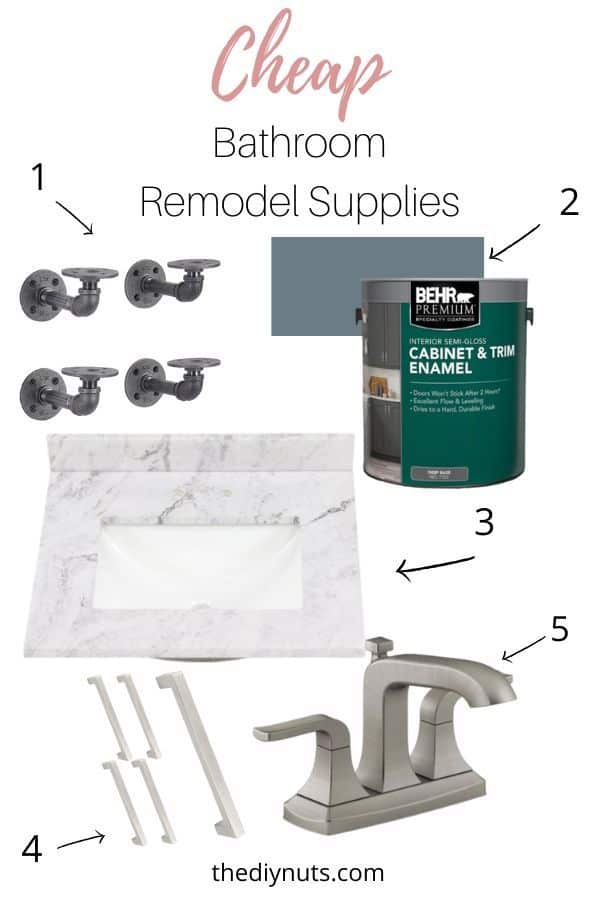
There are several steps to consider when building a garage. Insulate the garage. Floors should be at least seven-and half feet high. To allow more natural light into the room, you might want to add windows. Check with your local zoning officer to find out how many windows can be added to your garage. It is recommended that you install three to four windows and provide sufficient ventilation to keep the garage warm.
Apply drywall to the walls. Drywall is best for garage walls. It is easy to put up and has a high fire resistance. You don't have to deal with drywall. Instead, use oriented Strand Board, which is bolted onto the wall frame. It does not require any trim or tape, and it is an inexpensive way to finish your garage. Once you have framed the walls, you should apply a layer of primer.

Paint the ceiling. You can either choose to paint the ceiling, or you can use a spray bottle or roller. You should use rags when you paint to avoid spills and drips. A ladder and two people are required to lift it. Make sure to have someone else to help you hold the ladder as you paint the ceiling. You should have enough height to reach the ceiling with your ladder.
Prepare the wall surface with drywall primer before installing drywall. This will seal the pores and prolong the life of your paint. You should use drywall-compatible primers when you paint the walls. The primer gives paint more durability. You can hang shelves on the walls or put things up on them. Even Christmas decorations can be hung on the wall.
Once you have a clear idea of how to finish a garage, you can begin the process. After choosing the right materials, you can begin preparing the walls. It is important to raise the drywall level, as if the walls were inside a home, it won't look as nice. The cheapest way to finish a garage is to add drywall. Be sure to read the instructions.

Once you have chosen the materials, it is time to finish the walls. While drywall is a good choice for garage walls, it is not appropriate for this area. To finish your walls, you can use wallboard or plywood panels. These options require less labor and are easy to install. Drywall should be used to finish garage walls. Plywood is stronger than drywall, and it won't affect the insulation level of your home.
FAQ
What should I do before renovating a home?
Fixing up a home starts with cleaning out all the clutter from inside and outside. You will need to clean out all moldy areas and repair any leaky pipes. Finally, you'll need to repaint the interior. Finally, you need to clean off the exterior surfaces and apply fresh paint.
Can I rent a dumpster?
You can rent a dumpster for debris removal after your home renovation. Renting a dumpster is a great way to keep your yard free from trash and debris.
How do I renovate my house with zero money?
Here are some tips to help you renovate your home without spending too much money.
-
Create a budget plan
-
Learn what materials are needed
-
Decide where to put them
-
Make a list with the items you need to purchase
-
Determine how much money you have
-
Plan your renovation project
-
Get to work on your plans
-
Online research is a good idea.
-
Ask family and friends for their help
-
Get creative
How much does it cost for a house to be renovated?
Renovations cost typically $5,000 to $50,000. Most homeowners spend between $10,000-$20,000 on renovations.
Statistics
- They'll usually lend up to 90% of your home's "as-completed" value, but no more than $424,100 in most locales or $636,150 in high-cost areas. (kiplinger.com)
- A final payment of, say, 5% to 10% will be due when the space is livable and usable (your contract probably will say "substantial completion"). (kiplinger.com)
- Design-builders may ask for a down payment of up to 25% or 33% of the job cost, says the NARI. (kiplinger.com)
- The average fixed rate for a home-equity loan was recently 5.27%, and the average variable rate for a HELOC was 5.49%, according to Bankrate.com. (kiplinger.com)
- According to the National Association of the Remodeling Industry's 2019 remodeling impact report , realtors estimate that homeowners can recover 59% of the cost of a complete kitchen renovation if they sell their home. (bhg.com)
External Links
How To
How do I plan for a whole house renovation?
Planning a whole-house remodel requires planning and research. Before you start your project, here are some things to keep in mind. It is important to determine what type of home improvements you are looking to make. There are many options available, including kitchen, bathroom and bedroom. Once you've chosen the category you want, you need to decide how much money to put towards your project. If you have never worked on homes, it is best to budget at most $5,000 per room. If you have experience, you may be able to manage with less.
Once you have established how much you are able to afford, you will have to decide on how big a job to do. A small kitchen remodel will not allow you to install new flooring, paint the walls, or replace countertops. On the other side, if your budget allows for a full renovation of your kitchen, you'll be able do just about any task.
Next, look for a contractor with experience in the type or project you are looking to tackle. You'll get high-quality results and save yourself lots of headaches down the line. Once you have found a reliable contractor, it is time to start gathering supplies and materials. Depending on the size of your project, you may need to buy everything from scratch. However, you won't have to worry about finding the exact item you are looking for in the many pre-made shops.
Now it's time for you to start planning. First, you'll want to draw up a rough sketch of where you want to place furniture and appliances. Then, you'll move onto designing the layout of the rooms. You should leave enough space for electrical outlets and plumbing. Make sure to position the most visited areas close to the front door. Visitors can also easily access them. The final step in your design is to choose colors and finishes. Keep your designs simple and in neutral tones to save money.
Now it's time for you to start building. Before you start any construction, be sure to check the local codes. Some cities require permits. Others allow homeowners to build without permits. First, remove all walls and floors. Next, you'll need to lay plywood sheets in order to protect your new floors. Next, nail or screw pieces of wood together to form the frame that will house your cabinets. The frame will be completed when doors and windows are attached.
There will be some finishing touches after you are done. Covering exposed pipes and wires is one example. Plastic sheeting and tape are used to cover exposed wires. Also, you will need to hang mirrors or pictures. Keep your work area tidy and clean at all times.
If you follow these steps, you'll end up with a beautiful, functional home that looks great and saves you lots of money. Now that your house renovation plan is in place, you can get started.